Whose Role Is It Anyway?
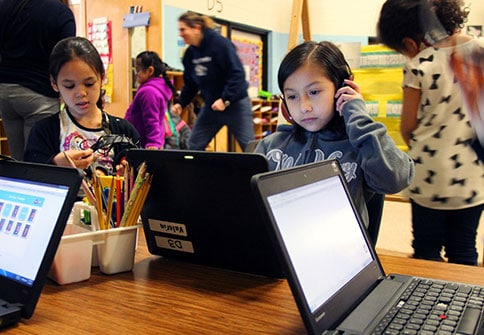
Systemic changes to teaching and learning will not be realized unless district leaders redefine their roles in this work. This is the guiding message in a blog and a white paper from The Highlander Institute that investigates the role of district staff in creating personalized and blended learning classrooms. We’ve recently explored how innovation leadership, the shift from the shift from managed instruction to personalized models and the role of principals as school and business leaders has created new roles for educators, teacher leaders, principals, and district officials. School District 2.0: Redesigning Districts to Support Blended Learning is an informed and insightful addition to the conversation of changing roles and responsibilities.
Shawn Rubin
This fall, iNACOL released Teacher Competencies for Blended Learning, offering a framework describing the characteristics and skills educators need in order to lead successful blended classrooms. Interestingly, the document does not begin with a description of technical skills and acumen; rather it starts by identifying the new educator mindsets that teachers must adopt in order to be successful. The lead mindset is “a new vision for teaching and learning.”
For the majority of teachers across the country, this poses an interesting dilemma. If building and district administrators have not articulated a new vision for teaching and learning, is this the teachers role? Defining a vision requires much more than lip service. It requires redesigning the role of teachers, students and how time is spent in classrooms each and every day.
The elephant that can no longer be ignored is this: systemic changes to teaching and learning will not be realized unless district leaders redefine their roles in this work. At the Highlander Institute we stand behind the iNACOL competencies and use them to guide our support of teachers in classrooms across the country. However, in order for blended learning to become the norm, classroom changes must be guided by district leaders who are versed in blended learning, able to conceptualize the end game, and committed to developing the systems, policies and infrastructure required to support teachers through this journey.
This White Paper is the first in a series from the Highlander Institute that will investigate the district role in creating personalized and blended learning classrooms. Current district leadership roles are often as traditional as the classrooms we are attempting to change. We hope to catalyze the evolution of administrative teams by defining the roles, responsibilities and competencies required to scale blended learning solutions across a district.
Blended learning is taking root in more and more classrooms across the country. Teachers are building videos, leveraging adaptive software, and shifting their practice from “the sage on stage” to “the guide on the side.” In order for this change to take root at the building and district level, we need administrators to build the foundation for “a new vision for leading, and learning.”
Download School District 2.0: Redesigning Districts to Support Blended Learning.
For more on the Highlander Institute, check out:
- Highlander Institute Blends Rhode Island
- States Must Change Too, For Blended Learning
- Rethinking the Education Experience of Future Generations

Shawn Rubin is the Director of Blended Learning at the Highlander Institute. Follow Shawn on Twitter with @ShawnCRubin.

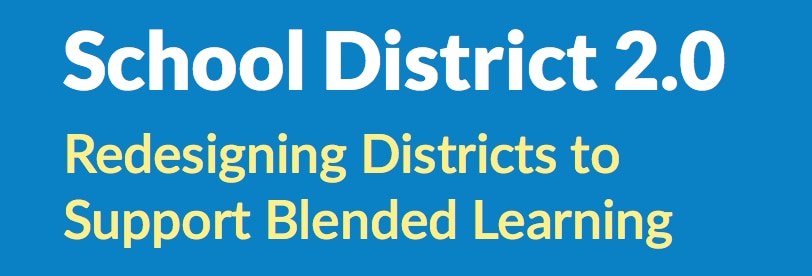
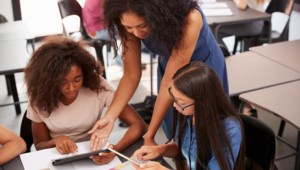

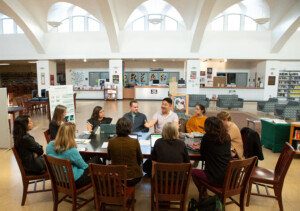
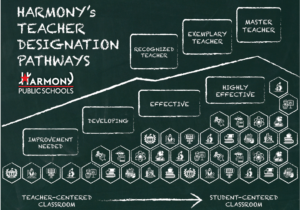
0 Comments
Leave a Comment
Your email address will not be published. All fields are required.